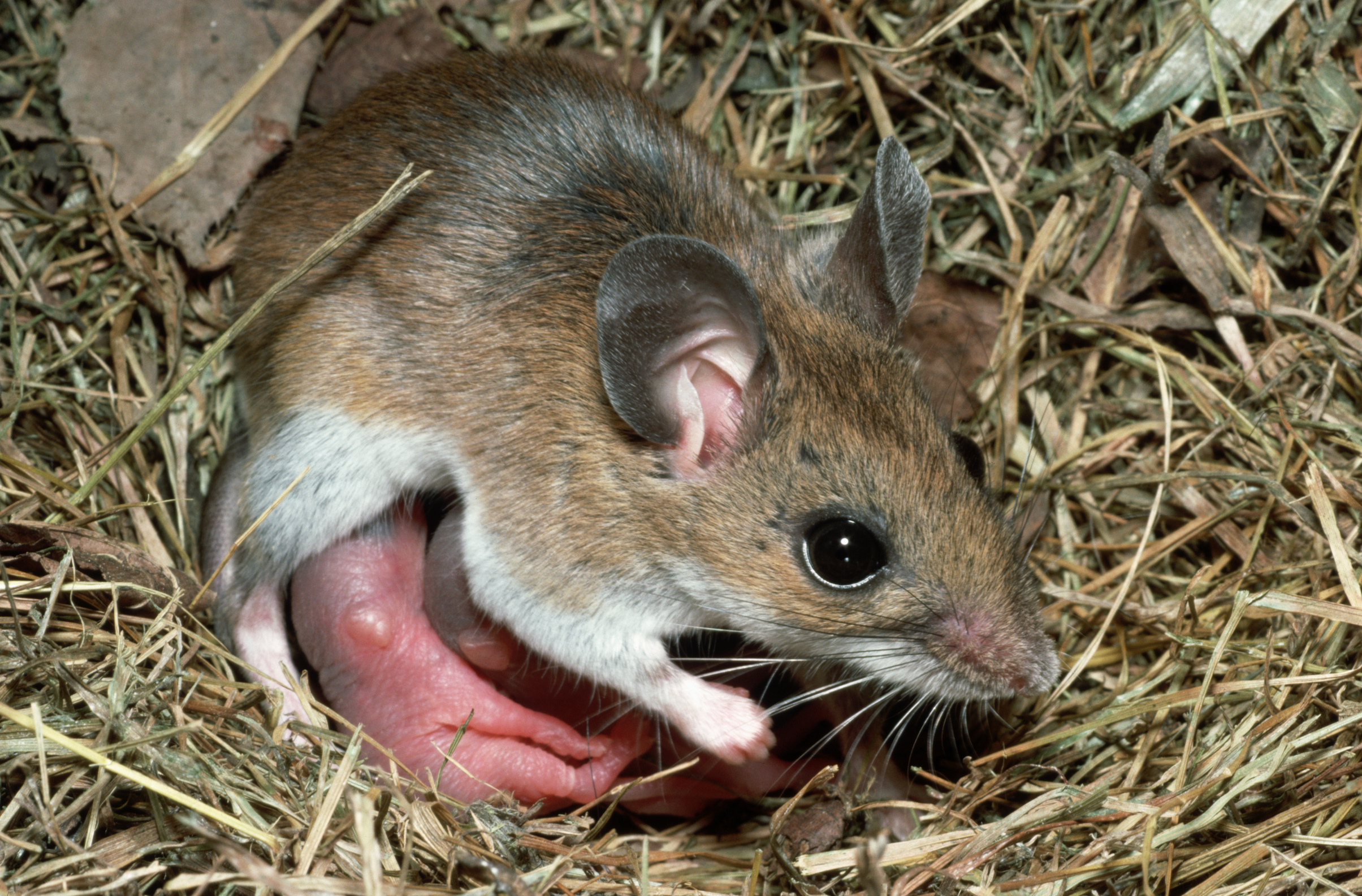
Environment
Dealing with separation anxiety in dogs

Larger animals tend to live longer than smaller ones, but within the dog kingdom it pays to be short. Here’s why
Published 13 March 2020
You don’t necessarily need a working knowledge of evolutionary theory to know that in the animal kingdom, larger beasts tend to live longer than smaller ones. An elephant lives longer than a mouse; a cat lives longer than a goldfish. Even among small animals – birds, for instance – the observation rings true; large birds tend to have longer lifespans than smaller ones.
A cockatoo can live up to 80 years, while sparrows generally live for about three. But dogs are different.

The larger the dog, the shorter their life expectancy. A large dog like a Saint Bernard will have a lifespan of between five to eight years, while smaller breeds can generally live as long as 12 to 15 years. Why dogs buck the trend “creates a puzzle”, says evolutionary biologist Professor Mark Elgar of the University of Melbourne’s School of Biosciences.

Environment
Dealing with separation anxiety in dogs
“There’s a body of robust theory in evolutionary biology – what we call ‘life history theory’ – about the way animals allocate their resources to different functions,” he says. “The bottom line is, there is no free lunch.
“Larger animals, like an elephant, live longer but reproduce more slowly — every three to four years. A mouse, however, reproduces every few months. They live fast but die young. This is the way evolution juggles with the way we reproduce.” Professor Elgar says the answer to the puzzle of canine lifespans can be found in data that charts “the schedule” of a species’ rate of ageing.
This reflects the relationship between the age of an individual and how susceptible it is to dying. So while larger species typically live longer than smaller species, within a species smaller individuals could outlive larger individuals.

And this is particularly important when it come to dogs. A millennia of domestication and breeding means that dog breeds can vary in body size by up to 50 times.
Professor Elgar says that the research comparing size and age-related mortality in dogs shows that larger dogs die younger because they age significantly faster than smaller dogs.

Sciences & Technology
The shared evolution of the Tasmanian tiger and the wolf
A large study of 74 dog breeds in North America concluded “the driving force behind the trade-off between size and lifespan is apparently a strong positive relationship between size and ageing rate.
“We conclude that large dogs die young mainly because they age quickly.” Professor Elgar says that a larger dog, because of its size, may put more strain on its physiological processes, meaning they tend to wear out more quickly.
“Modern cars generally work well for eight or nine years, and then wear and tear sets in and they start falling apart. The speed with which they deteriorate varies between manufacturers. It’s the same with dogs.”
Dog morbidity rate is also impacted – as it is for humans – by lifestyle.

Just as young men aged 18 to 25 are more likely to die by misadventure, a working dog like a kelpie or sheepdog is more likely to die in an accident than a schnoodle whose only occupation is to look cute in its favourite chair.
Professor Elgar says the rule of thumb is that “the average lifespan for quite large dogs is about seven years, and 14 years for smaller dogs.”
On the plus side, being a big dog has its benefits.
Ask any owner of a Great Dane and they’ll probably tell you that it is actually Fido who owns the couch.
Banner: Getty Images